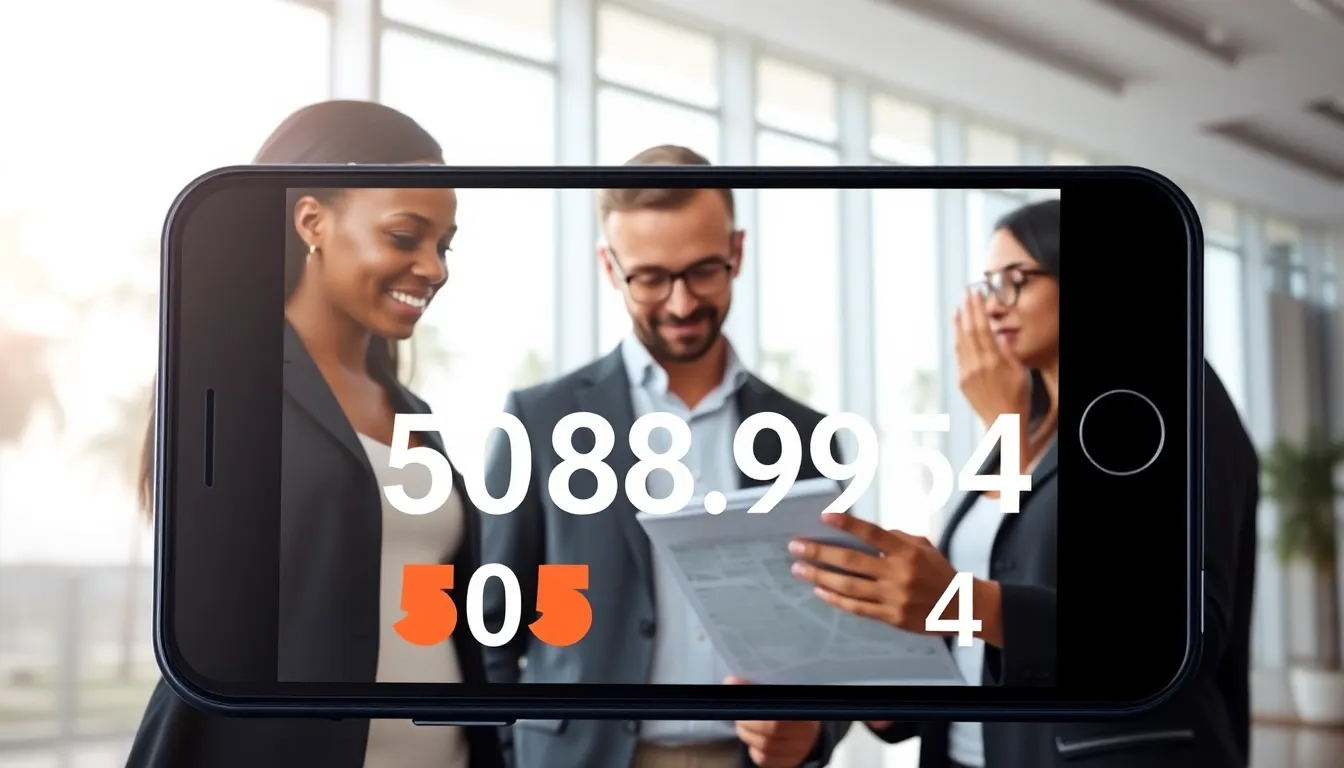Have you ever seen a phone number that made you pause and think, “Wait, what is this all about?” Enter 3055089854, a sequence of digits that captures the curiosity of many. Whether you received a call from this number or simply stumbled across it online, understanding its significance can save you a lot of headaches, and possibly your personal information. Buckle up as we jump into the intriguing realm of phone numbers, where area codes reign supreme and telemarketers lurk around every corner.
Understanding Phone Number Formats

The Importance of Area Codes
The area code is the gateway to local dialing. For instance, the 305 area code primarily covers Miami, Florida, infusing tropical vibes into any call you make from that region. This three-digit number does more than just geographically place a caller: it can indicate specific demographics or even the prevalence of certain businesses in an area. Notably, knowing your area code can help you figure out if a call is local or from miles away.
Examining the Prefix and Line Numbers
Once you’re past the area code, the next set of digits are the prefix, followed by the line number. In 3055089854, the prefix is 508, which helps further direct your call to the right destination within the area code. But why stop there? The last four digits serve as a unique identifier, ensuring that your call reaches its intended recipient without any mix-ups. Understanding these components enhances awareness and can bolster security when receiving unexpected calls.
How Phone Numbers Are Assigned
The Role of Telecommunications Providers
Have you ever wondered how a phone number gets its start? It all begins with telecommunications providers. These companies are responsible for assigning phone numbers to customers, whether they’re new users or long-time subscribers opting for a new line. But that’s not all: they also must navigate regulations set forth by various governing bodies, which brings us to our next point.
Regulatory Agencies and Number Allocation
In the U.S., organizations like the Federal Communications Commission (FCC) oversee the allocation of phone numbers. They ensure that the numbers are distributed fairly and that the existing inventory meets public demand. After all, there’s a reason why you can’t just claim a random number for yourself. Through this careful regulation, phone numbers, like the infamous 3055089854, find their way into everyday use.
Utilizing Phone Number 3055089854
Identifying Caller Information
Now, let’s get back to our star of the show: 3055089854. If it leaves you scratching your head, you’re not alone: many people seek to identify the caller for security reasons. To uncover who’s behind the number, several online resources can provide caller identification services, often revealing whether it belongs to a legitimate company or an annoying telemarketer.
Potential Scams and Telemarketing Calls
But, it’s essential to tread carefully. Numbers like 3055089854 can often be associated with scams or telemarketing calls that seek to exploit unsuspecting individuals. Always trust your intuition, if a call seems fishy, it probably is. Be on the lookout for signs of scams, such as requests for personal information or promises of unbelievable deals. Protecting oneself in this digital age has never been more critical.
Best Practices for Managing Unknown Calls
Blocking Unwanted Numbers
Being inundated with unwanted calls can feel like a modern-day plague. Thankfully, blocking those pesky numbers is easier than ever. Most smartphones come equipped with a feature that allows users to block specific numbers, preventing them from disturbing your peace again. If a number like 3055089854 keeps calling you, don’t hesitate. Just hit that block button.
Using Apps for Caller ID and Spam Protection
Plus to blocking features, numerous applications are designed to enhance your protection further. Apps that provide caller ID and spam warnings are readily available and can help you identify potential fraudsters before you even answer the phone. Many of these apps use community-generated reports to flag known spam calls, turning the tables on unwanted telemarketers.
